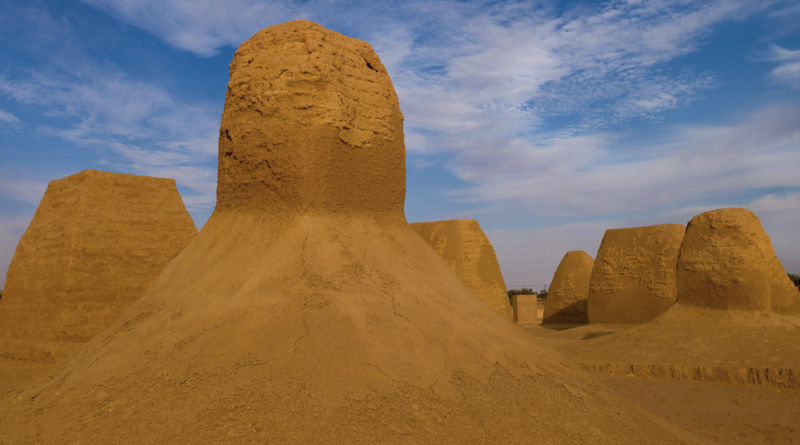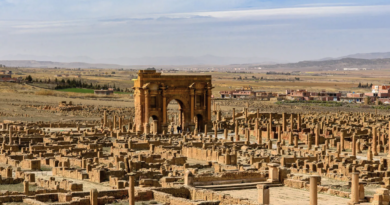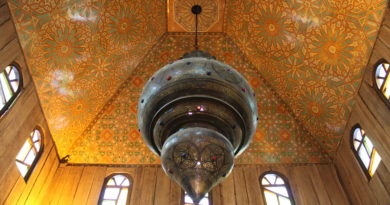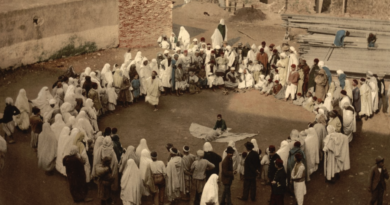The Pyramids of Libya in the Sahara Desert
In Libya, there are several pyramid-shaped necropolises that date back to the reign of the Garamantes, a kingdom that emerged as a dominant regional power in the Sahara during the mid-2nd century AD.
The Garamantes, are ancient Amazigh tribes, settled in the Fezzan region of southern Libya around 1100 BC, and their growth and expansion relied on a sophisticated irrigation system called “foggaras.” This system facilitated a thriving agricultural sector in desert regions where large bodies of water were scarce, sustaining a large population.
The Greek historian and geographer Herodotus first referred to the Garamantes in the 5th century BC, describing them as “a very great nation” living in an oasis in the middle of the Sahara Desert, thirty days journey south of the Lotophagi.
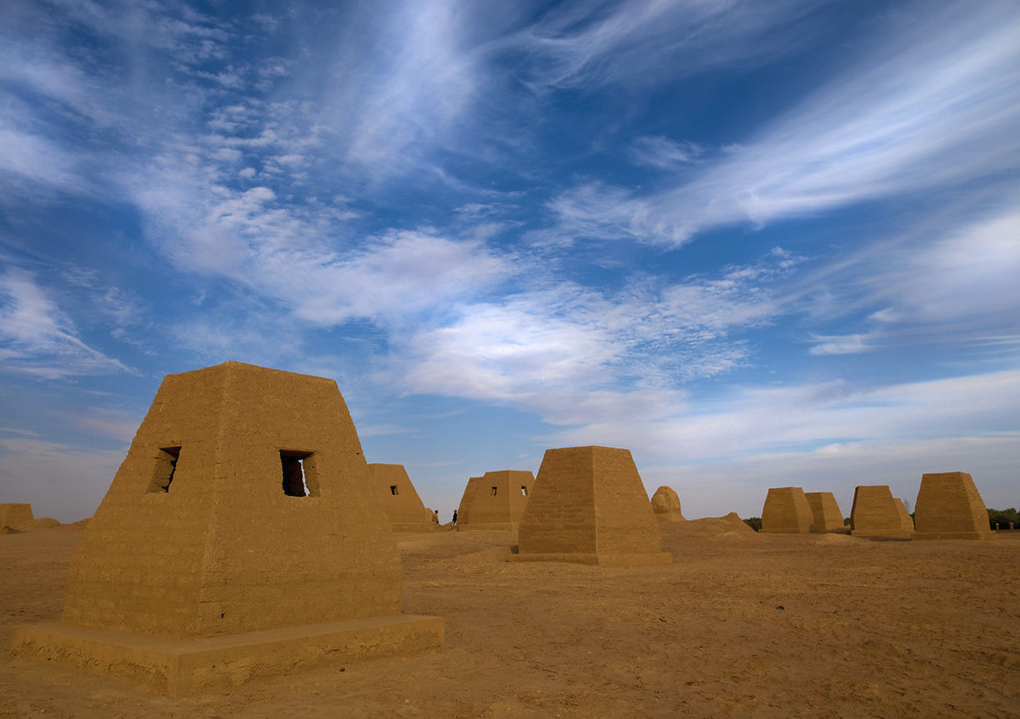
The Garamantes kingdom was centered on the capital of Garama in the Wadi el Agial region, also called Wadi el Haya. This wadi, a long valley enclosed by the Erg of Ubari and the Messak Saffatet, was home to many Garamantes settlements and monuments.
The Garamantes constructed pyramidal necropolises, such as Kharaig and El Hatiya, that point to a belief in an afterlife similar to that of the Ancient Egyptians. The Royal Necropolis, located south of Germana, contains over 100 grouped tombs of mastabas and circular tumuli with stelae and funerary “offering-tables” for the cult of the dead.
During the Roman period, the Garamantes conducted raids across Rome’s African frontier, the Limes Tripolitanus. However, the Garamantes’ decline may have been due to a combination of unfavorable climate conditions and excessive use of limited water resources.
